by Jeff Hutton
I’ve been staring at the sky for half a century.
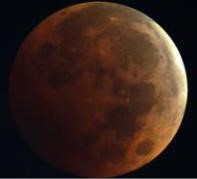
I’ve seen eclipses of the moon.
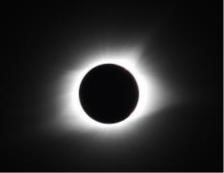
I’ve seen eclipses of the sun.

I’ve seen bright comets.
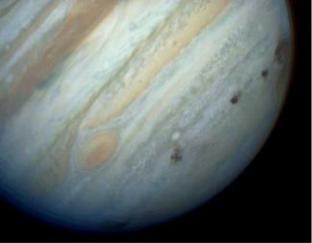
I’ve seen a planet after it was hit by a comet.
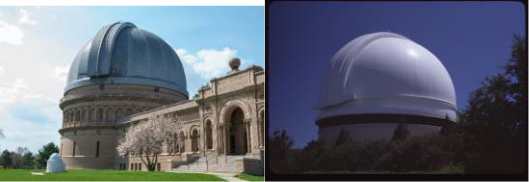
I’ve visited great observatories.
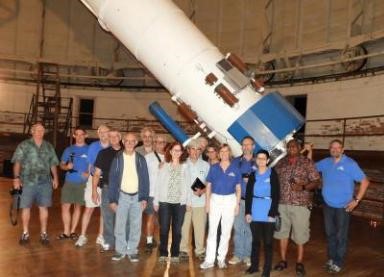
I’ve met lots of wonderful people.
But I’ve never seen a meteor storm. I’m not talking about your 5 or 10 falling stars in an hour but an honest to goodness 4th of July spraying of sparks, kind of event. If you’re my age, think about the lines from John Denver’s Rocky Mountain High when he sings about seeing it “raining fire from the sky”. But I never tire of the thrill of seeing just one pea-sized speck from a comet or asteroid leaving a lasting trail of light across a starry sky.
This April’s Lyrid meteor shower doesn’t promise to be a storm but it does promise to give you and your family a chance to share in an adventure you’ll talk about for a long time.
But first, let’s explore just what meteors are and where they come from. Space isn’t nearly as empty as most people think. There are stars, like our Sun. About half of all of what we see in the night sky as single stars are really several individual stars in a family. Castor, one of the brightest stars in the constellation, Gemini, is a family of six! Many astronomers now think that most stars have planets that formed along with them in a messy process that left behind lots of smaller bits, resulting in leftover ice, rock and metal. Where did all that come from? We think this stuff is the remains of stars that lived and died long before there was a Sun or Earth, billions of years ago. Comets are some of these left over bits.
What’s a comet? Here’s how I describe a comet. Think back when there was lots of snow in the winter. It was pretty coming down but a few days later, after cars had driven on it, it got slushy and grey and collected behind the tires. A dear friend of mine once said that the official Michigan name for this dirty mix of snow, dirt and gravel was “crud”. A major pastime in Michigan was “crud-kicking”, or kicking the “crud” off the car! Now, imagine taking this “crud” and placing it a few billion miles away from the Sun and you have…a comet!
The sun’s gravity will begin to pull on our comet (let’s call it “Comet Crud”) and it begins a slow, arcing trip toward the Sun. The Sun is really hot so Comet Crud’s ice begins to melt. No, ‘melt’ isn’t right. Melting is what ice does on Earth, where there’s pressure from all sides from our atmosphere, so ice first turns into water. In space, heated ice fizzes off as a gas into space, taking the “dirt” it has with it. If Comet Crud is big enough, we’ll get to see it from earth. The comet’s famous tail is mostly the “dirt” that was mixed in with the ice. It shines only by reflecting sunlight.

These are pictures of Comet Atlas
which is currently in the northern sky.
Most comets are dim and can
be seen only with a telescope.
When comets are pulled through the solar system by the Sun’s gravity and bounced around by the gravity of the planets they leave the bits of rock and metal behind that was once stuck inside them by ice. This “dirt” mostly stays near the path that the comet took during its trip around the sun.
THINK ABOUT THIS: On a clear day look into the sky the next time you hear a jet plane soar high overhead. Do you see a trail left behind by the jet plane? Most of the time you will. This trail is mostly water vapor left over from the burning of jet fuel. Now imagine that you’re in a space ship, somewhere around Mars, and Woosh! a comet zips by! You would see a trail left behind the comet, like the contrail I mentioned before. This trail is made up mostly of bits of rock and metal.
What about meteor showers? There are “dirty contrails” making ribbons all through the solar system. When a planet like Earth’s own orbit carries it through one of these “dirty contrails” some of the particles are swept into the planet’s atmosphere and friction between the particle and the air cause the air to heat up and glow, forming a tail that lasts a very short time.

In this picture, we see the curved trail left by a comet as it passes near the orbit of the Earth. Look how the Earth is about to enter the trail at the bottom of the picture!
We know when most of the meteor showers will appear because the Earth passes through these same comet trails of dirt at the same time every year. We even know the name of the comet that left behind the trail that will cause the April Lyrid meteor shower. It was called 1861 G1 Thatcher. You guessed it, this comet was last seen at the beginning of the Civil War, in 1861. It will return in the year 2276 around the time Captain Kirk takes his first voyage on the Enterprise!
TRY THIS: Go outside and see some of the meteor shower called the Lyrids, courtesy of 1861 G1 Thatcher. But wait. Why are they called the “Lyrids”? (I’ll explain later.) Look at the next picture. It shows the earth plowing into the dirt trail that Comet Thatcher left behind. In the picture, the Earth is half-lit by the sun (as it always is) so on the part of earth directly facing the sun people are having lunch at noon and most people directly on the other side are sleeping at midnight.
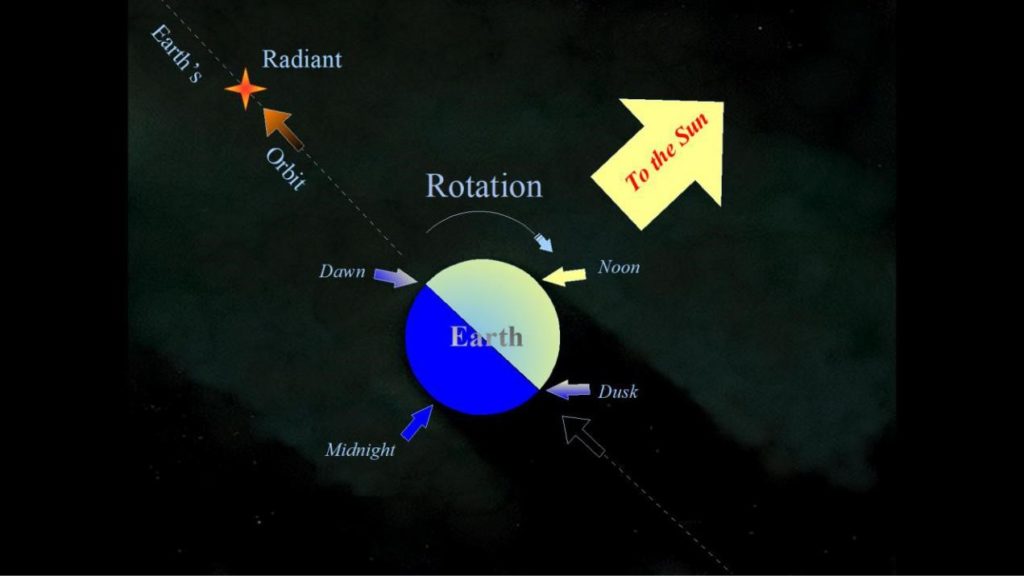
Where would you want to be to see the most meteors ?
Well, we need two things: (1.) It has to be night time and (2.) its better to be facing toward Comet Thatcher’s dirt trail. Did you choose the time between midnight and dawn? That’s right!
I was sad to learn that we couldn’t be together to view the Lyrid Meteor shower from the beautiful Home Grown Hideways site in Red Lick. It’s important to keep social distancing for now but you and your family can watch it together. Here’s how!
The most favorable dates for the Lyrid Meteor Shower are April 21-23
First: During the day, find a spot without lights that has a good view of as much sky as possible. This might be your own back yard. If it’s not, make sure you have permission from the owner of the land to be there late at night.
Second: While you’re at your meteor-watch site and using a magnetic compass, or app on your smart phone find the direction, North. As you face North, East is to your right and West is to your left, South is behind you. The constellation Lyra, where the Lyrid meteors will appear to come from, rises in the North-East.
Third: Find a star map and see if you can find some of the principal stars. The famous “Summer Triangle” of the stars Altar, Deneb and Vega will be low in the east around midnight. If you have a smart phone, try to download the app called StarTracker from Google. Here’s the QR code:

Fourth: Since we know that the best meteor-watching happens between midnight and dawn, it’s better to go to bed early before your meteor adventure and to set your alarm to get up around 2:30 AM, than it is to try to stay up extra late, past midnight. Dress extra warm, bring a hot beverage and enough lounge chairs for everybody, the more the better!
Fifth: Arrange your lounge chairs in a daisy pattern so that everyone has their own pie of the sky to watch and your heads are toward the center. You see, if you all look in one direction, you’ll catch fewer meteors. With everyone facing in a different direction one of you is more likely to see a streaking meteor. Check out the diagram below.
Even though most of the meteors appear to be coming from the constellation, Lyra, they can streak across any part of the sky. Why Lyra? That’s the constellation that happens to be “in front of” Earth in late April as we go around on our orbit. Think about being on a merry-go-round. As you move around in a circle, different parts of the amusement park appear in front of you at any one time.
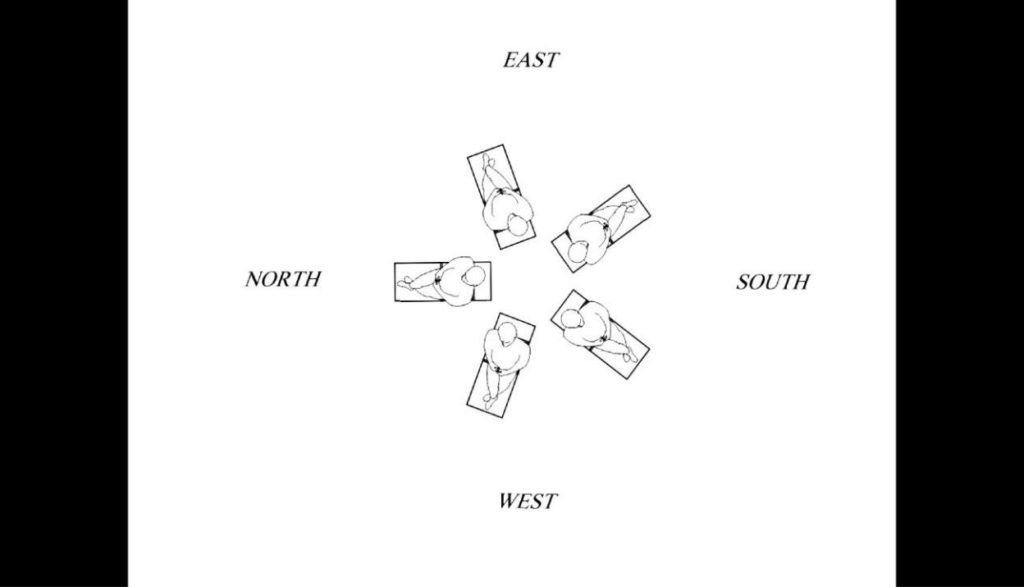
When someone shouts, “There’s one!” , your ears will automatically cause you to look in their direction and you’ll likely see it too! Unless you’re using your smart phone to identify constellations, leave it in your pocket. Counting meteors means being patient and scanning all of the sky you can see from your position. Meteors seem to come in bunches so when one family member sees one, more are on the way!
If a really big meteor flies over, it may leave a trail behind for a while. Binoculars might be fun to examine the trail as it fades. Meteors almost always burn up 50 miles over your head, speeding along at nearly 160,000 miles per hour.
We hope that you’ll try this new kind of “family time” and stay connected to learn more ‘Cosmic Activities’!
And who knows? You might just be treated to a meteor storm!
For a printable PDF click HERE.


0 Comments